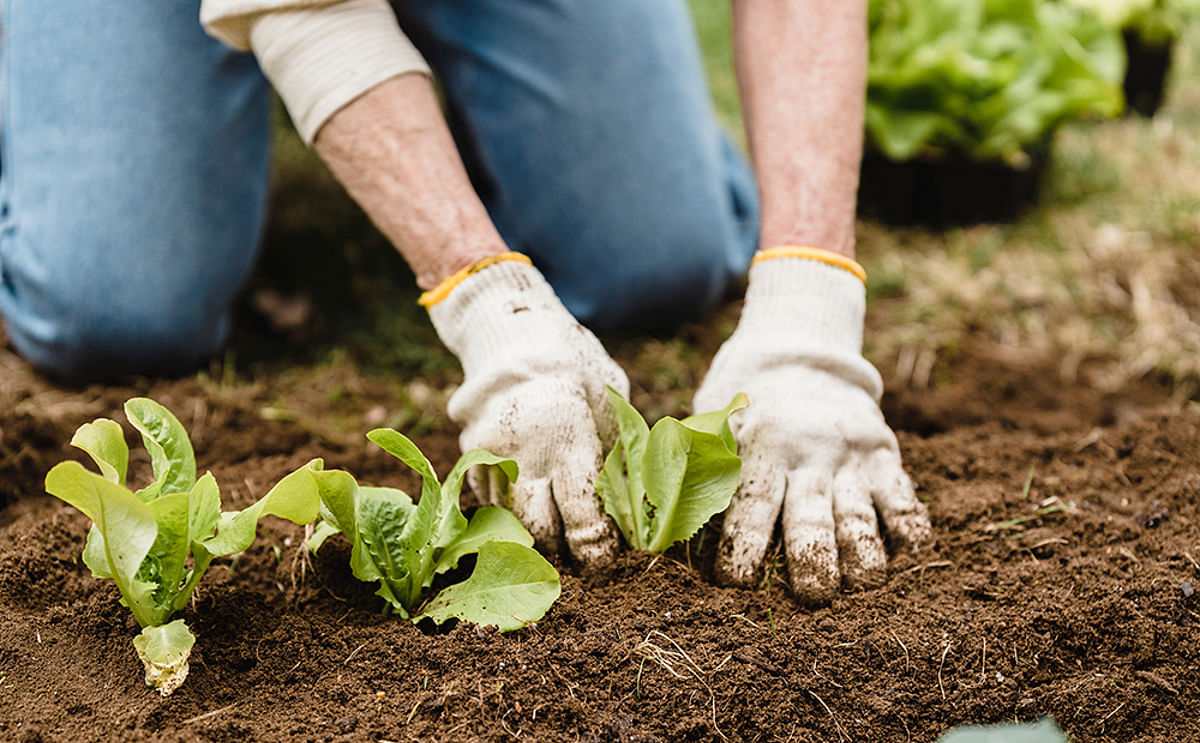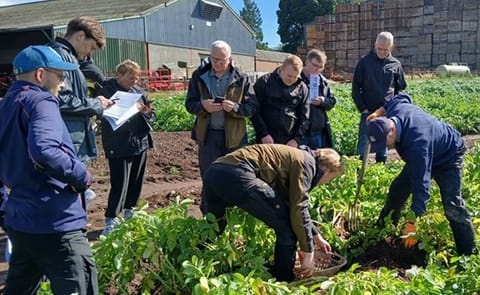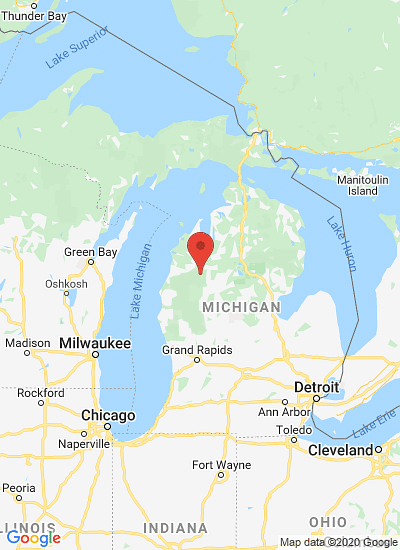Soil Erosion: A Looming Threat to Farmers
Soil Erosion: A Looming Threat to Farmers

Soil erosion, a natural process exacerbated by human activities, poses a significant challenge to agricultural sustainability worldwide. This relentless force gradually strips away fertile topsoil, leaving a devastating impact on farmers and the environment.
In this blog post, they will delve into the concept of soil erosion, explore how it occurs, and shed light on its profound effects on farmers and food production.
Understanding Soil Erosion
Soil erosion refers to the gradual removal and displacement of the top layer of soil, known as topsoil. This process is mainly caused by water, wind, and human activities. Topsoil, rich in organic matter and nutrients, is vital for plant growth and sustenance. However, when it is eroded, the fertile layer diminishes, leading to reduced soil productivity and compromised agricultural systems.
Contributing Factors
Erosion of soil occurs due to a combination of natural and human-induced factors. Natural factors include intense rainfall, wind, and the slope of the land.
Human activities such as deforestation, improper land management practices, overgrazing, and excessive tillage significantly accelerate the erosion process. These activities disturb the soil structure, strip away vegetation cover, and leave the soil exposed to erosion agents.
Impact on Farmers
Eroded soils wreak havoc on farmers, posing numerous challenges to their livelihoods and food production. Firstly, eroded soil loses its fertility, depleting essential nutrients required for crop growth. As a result, farmers experience reduced yields and lower crop quality, leading to financial losses and food insecurity.
Secondly, erosion leads to the loss of valuable topsoil, which takes years or even centuries to form naturally. This loss reduces the soil’s water-holding capacity, affecting its ability to retain moisture during dry spells and exacerbating the risk of drought for farmers.
Environmental Consequences
Beyond its impact on farmers, erosion has far-reaching environmental consequences. The eroded soil particles, often laden with agricultural chemicals and fertilizers, find their way into water bodies through runoff.
This runoff contributes to water pollution, threatening aquatic ecosystems and diminishing water quality. Additionally, soil erosion results in increased sedimentation in rivers, lakes, and reservoirs, reducing their storage capacity, damaging aquatic habitats, and affecting flood management.
Mitigation
Addressing soil erosion is crucial for sustainable agriculture and the long-term well-being of farmers. Implementing effective soil conservation practices is key. These include contour plowing, terracing, cover cropping, agroforestry, and conservation tillage techniques.
By maintaining ground cover, reducing soil disturbance, and improving soil structure, these practices help prevent erosion, enhance soil fertility, and promote sustainable farming systems.
Furthermore, educating farmers about erosion prevention and implementing erosion control measures at the watershed level can significantly reduce the impact of this issue.
Conclusion
Soil erosion represents a pressing concern for farmers and agricultural sustainability. Its destructive consequences on soil fertility, crop yields, and the environment highlight the urgent need for effective measures to mitigate its effects.
By adopting sustainable land management practices, farmers can protect their livelihoods, safeguard the environment, and contribute to a more resilient and productive agricultural sector.
In this blog post, they will delve into the concept of soil erosion, explore how it occurs, and shed light on its profound effects on farmers and food production.
Understanding Soil Erosion
Soil erosion refers to the gradual removal and displacement of the top layer of soil, known as topsoil. This process is mainly caused by water, wind, and human activities. Topsoil, rich in organic matter and nutrients, is vital for plant growth and sustenance. However, when it is eroded, the fertile layer diminishes, leading to reduced soil productivity and compromised agricultural systems.
Contributing Factors
Erosion of soil occurs due to a combination of natural and human-induced factors. Natural factors include intense rainfall, wind, and the slope of the land.
Human activities such as deforestation, improper land management practices, overgrazing, and excessive tillage significantly accelerate the erosion process. These activities disturb the soil structure, strip away vegetation cover, and leave the soil exposed to erosion agents.
Impact on Farmers
Eroded soils wreak havoc on farmers, posing numerous challenges to their livelihoods and food production. Firstly, eroded soil loses its fertility, depleting essential nutrients required for crop growth. As a result, farmers experience reduced yields and lower crop quality, leading to financial losses and food insecurity.
Secondly, erosion leads to the loss of valuable topsoil, which takes years or even centuries to form naturally. This loss reduces the soil’s water-holding capacity, affecting its ability to retain moisture during dry spells and exacerbating the risk of drought for farmers.
Environmental Consequences
Beyond its impact on farmers, erosion has far-reaching environmental consequences. The eroded soil particles, often laden with agricultural chemicals and fertilizers, find their way into water bodies through runoff.
This runoff contributes to water pollution, threatening aquatic ecosystems and diminishing water quality. Additionally, soil erosion results in increased sedimentation in rivers, lakes, and reservoirs, reducing their storage capacity, damaging aquatic habitats, and affecting flood management.
Mitigation
Addressing soil erosion is crucial for sustainable agriculture and the long-term well-being of farmers. Implementing effective soil conservation practices is key. These include contour plowing, terracing, cover cropping, agroforestry, and conservation tillage techniques.
By maintaining ground cover, reducing soil disturbance, and improving soil structure, these practices help prevent erosion, enhance soil fertility, and promote sustainable farming systems.
Furthermore, educating farmers about erosion prevention and implementing erosion control measures at the watershed level can significantly reduce the impact of this issue.
Conclusion
Soil erosion represents a pressing concern for farmers and agricultural sustainability. Its destructive consequences on soil fertility, crop yields, and the environment highlight the urgent need for effective measures to mitigate its effects.
By adopting sustainable land management practices, farmers can protect their livelihoods, safeguard the environment, and contribute to a more resilient and productive agricultural sector.
Like to receive news like this by email? Join and Subscribe!
Get the latest potato industry news straight to your WhatsApp. Join the PotatoPro WhatsApp Community!
Uitgelichte Bedrijven
Sponsored Content
Sponsored Content
Sponsored Content
Sponsored Content








